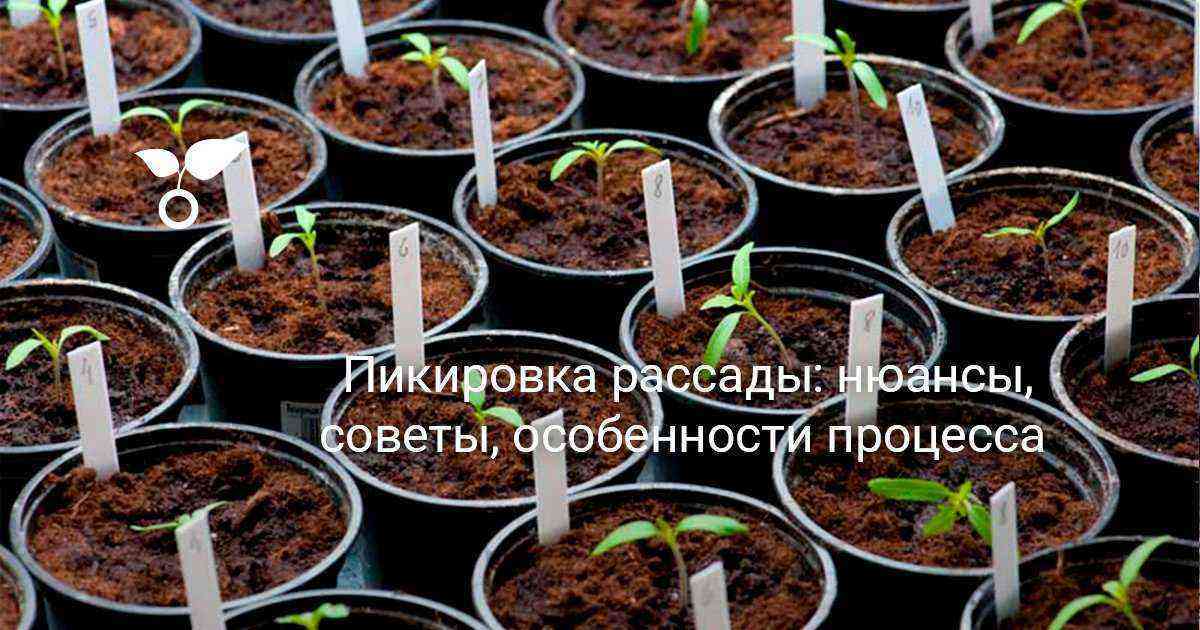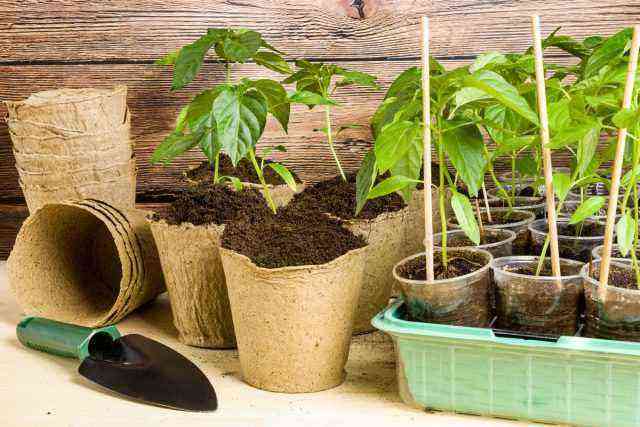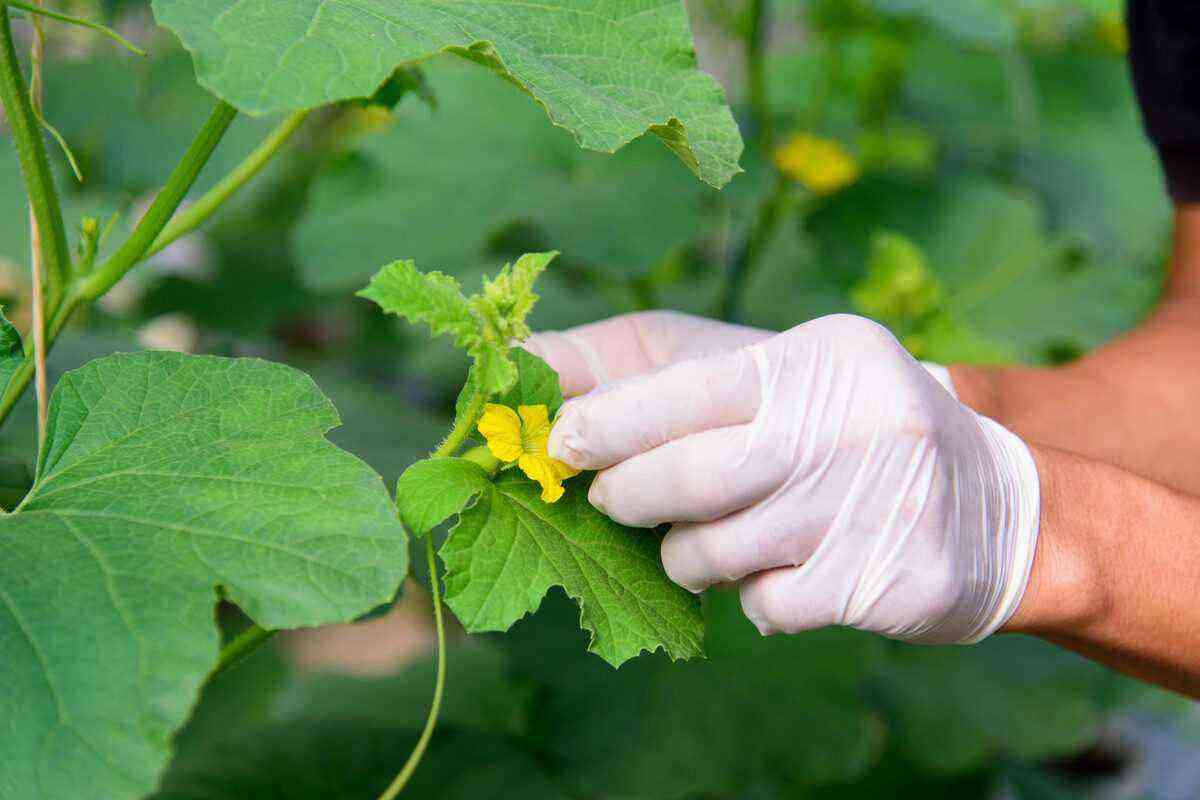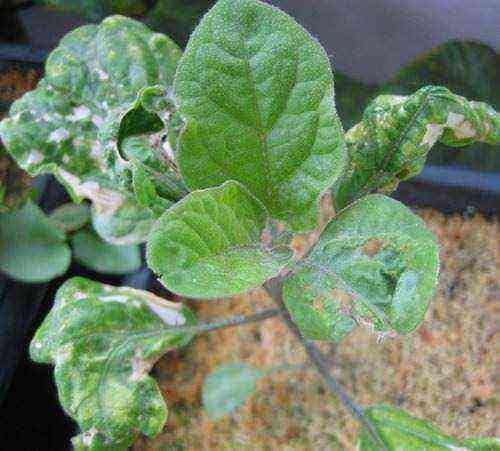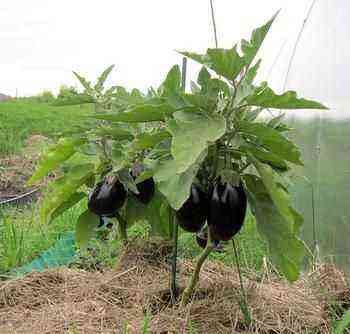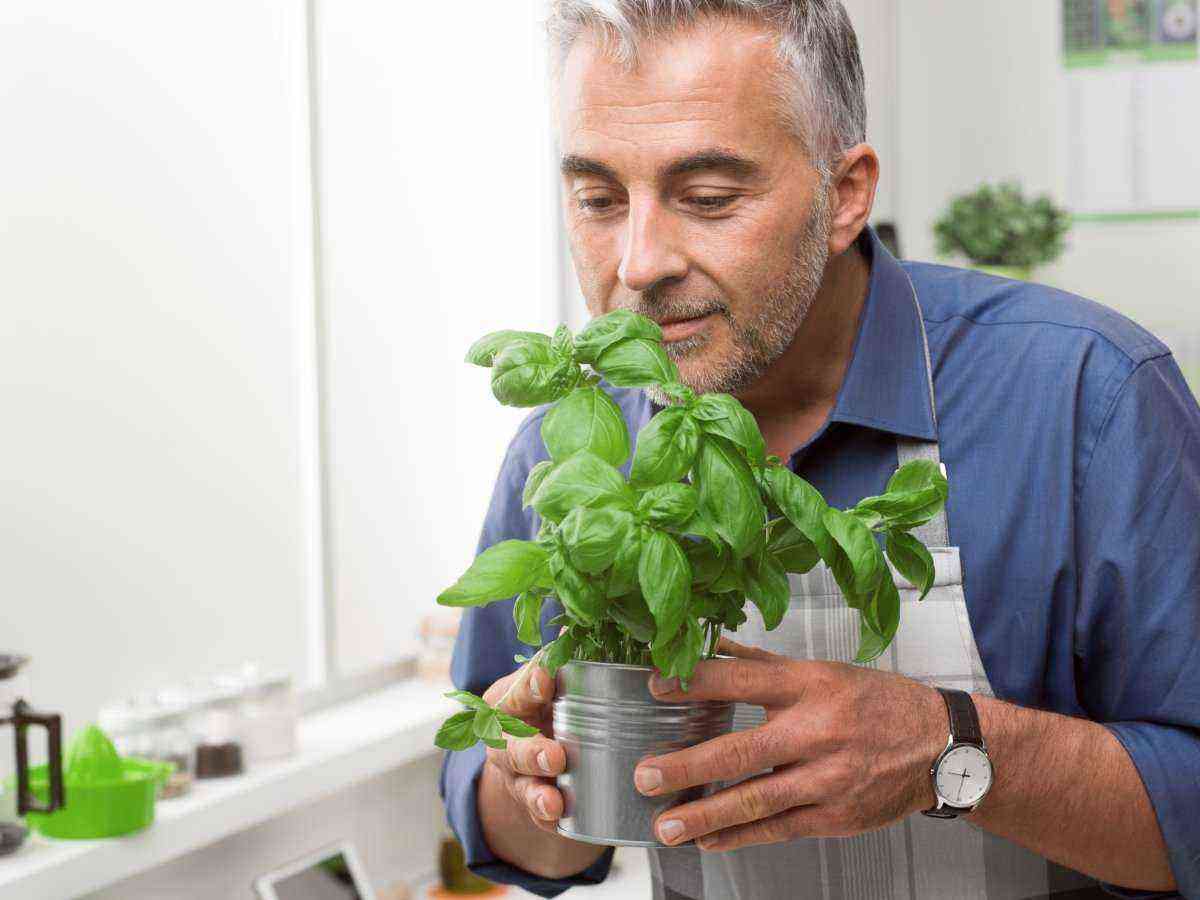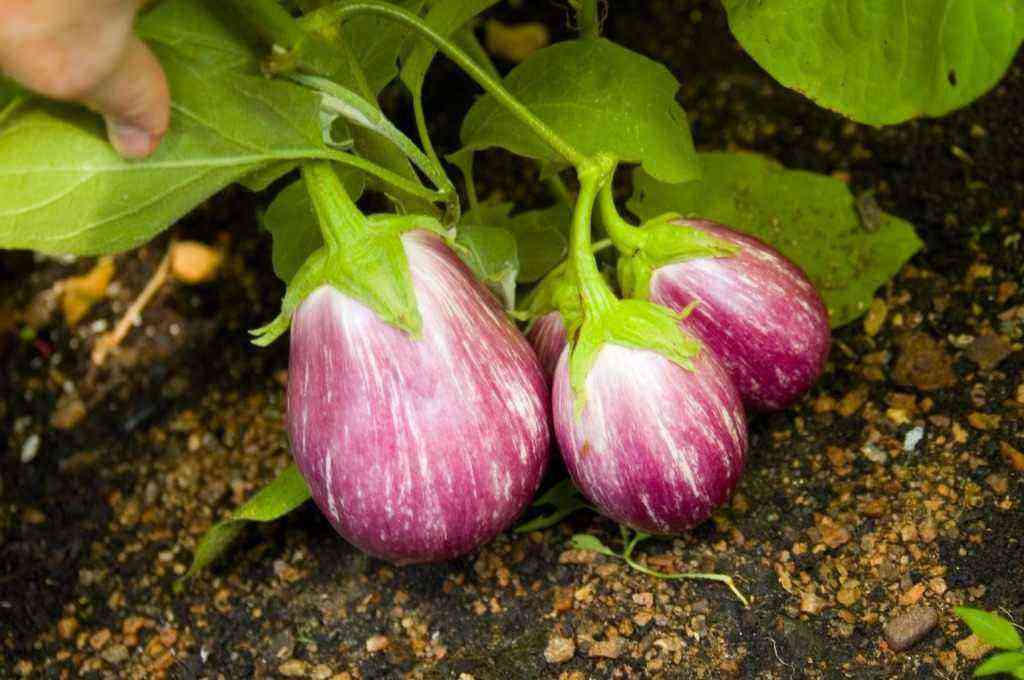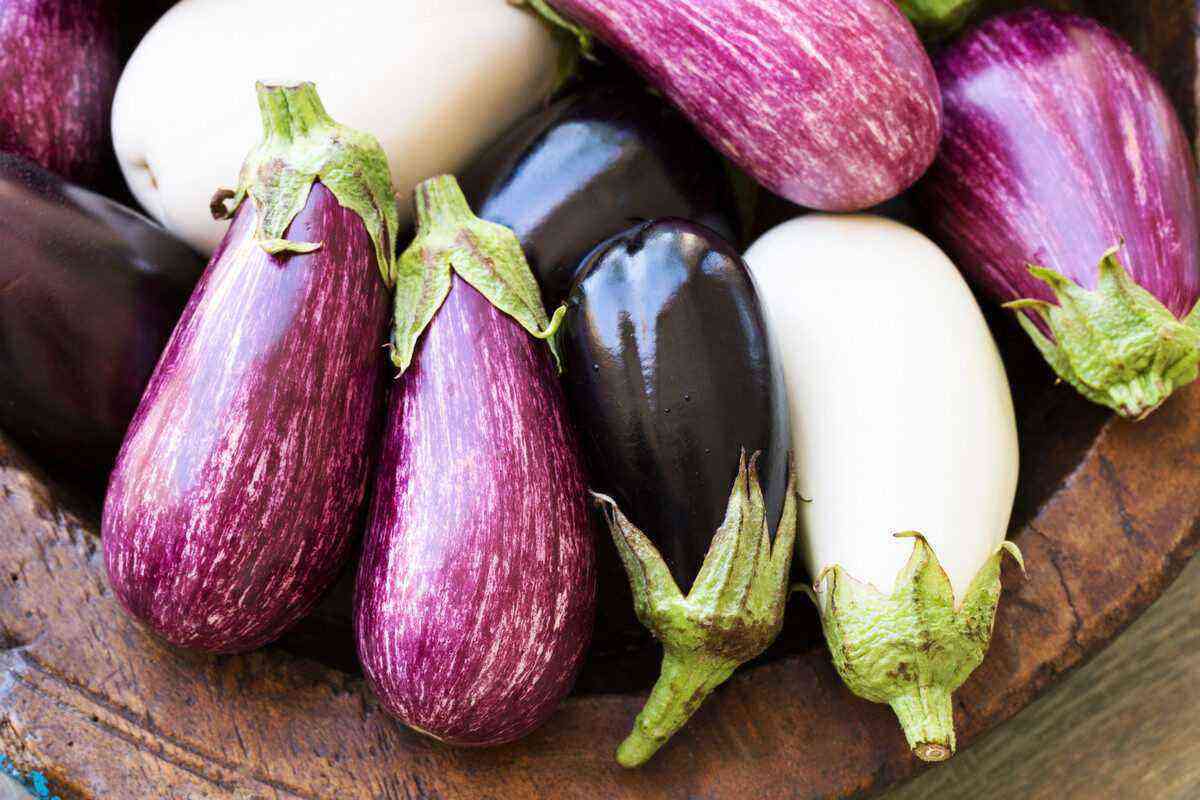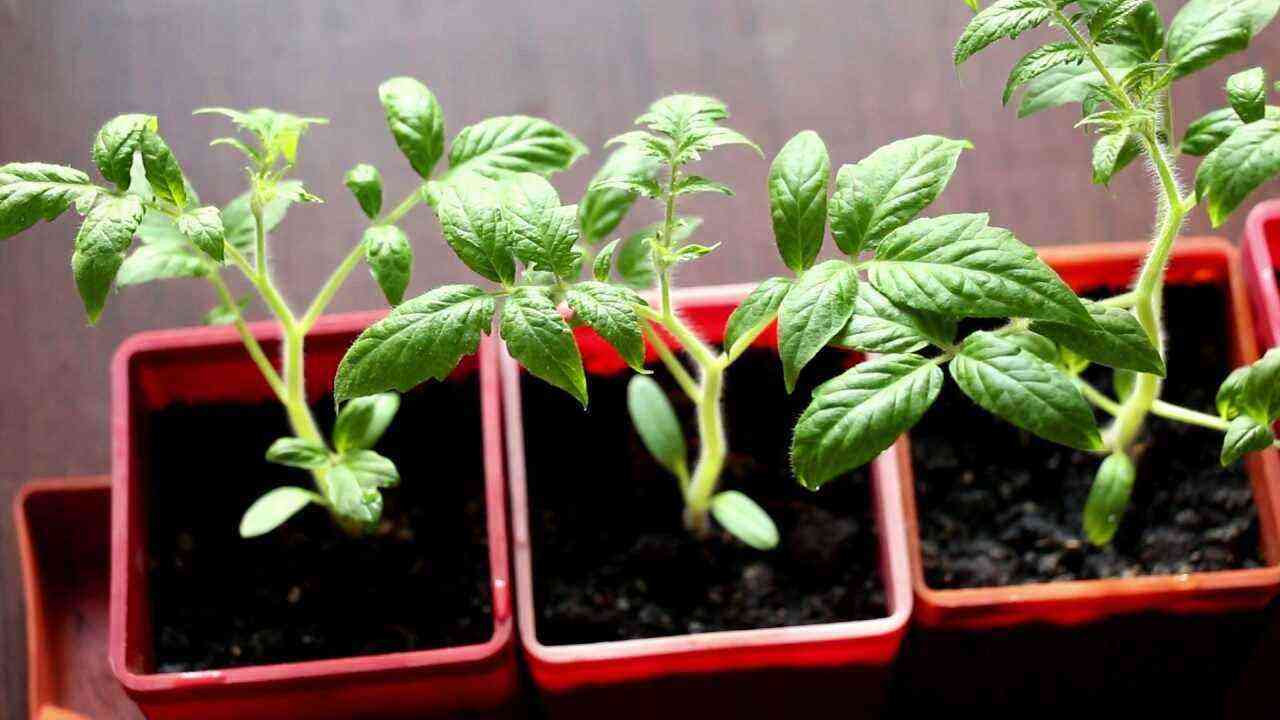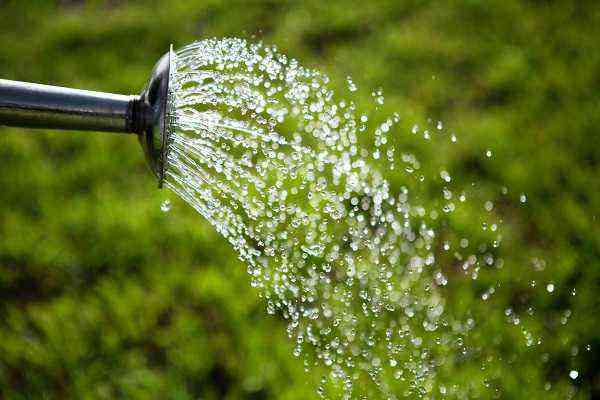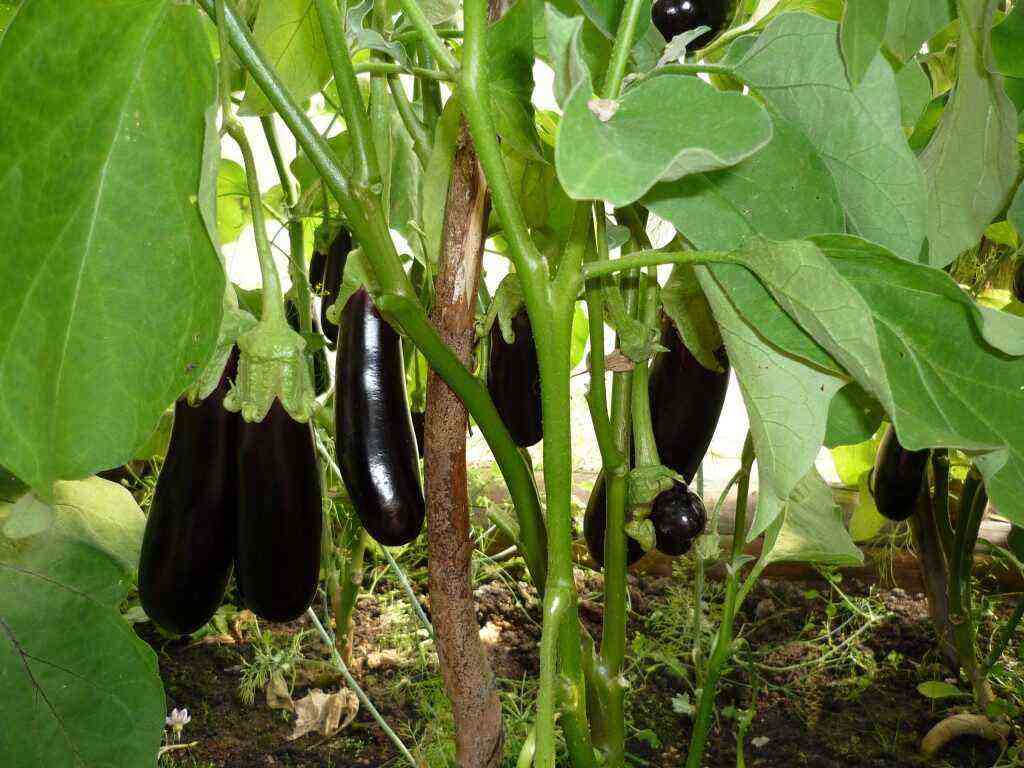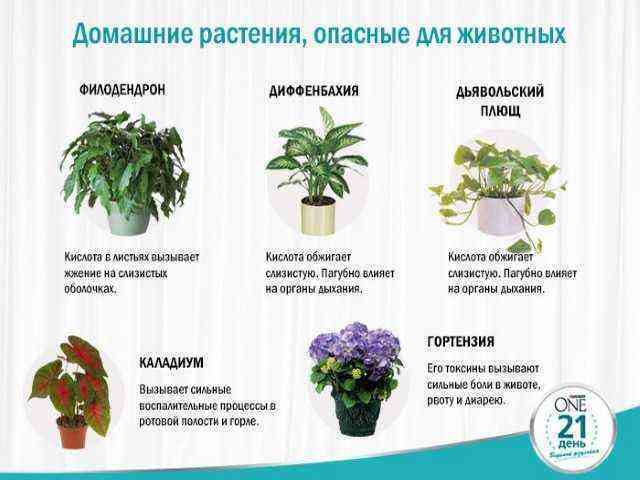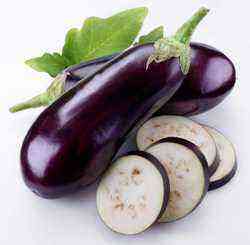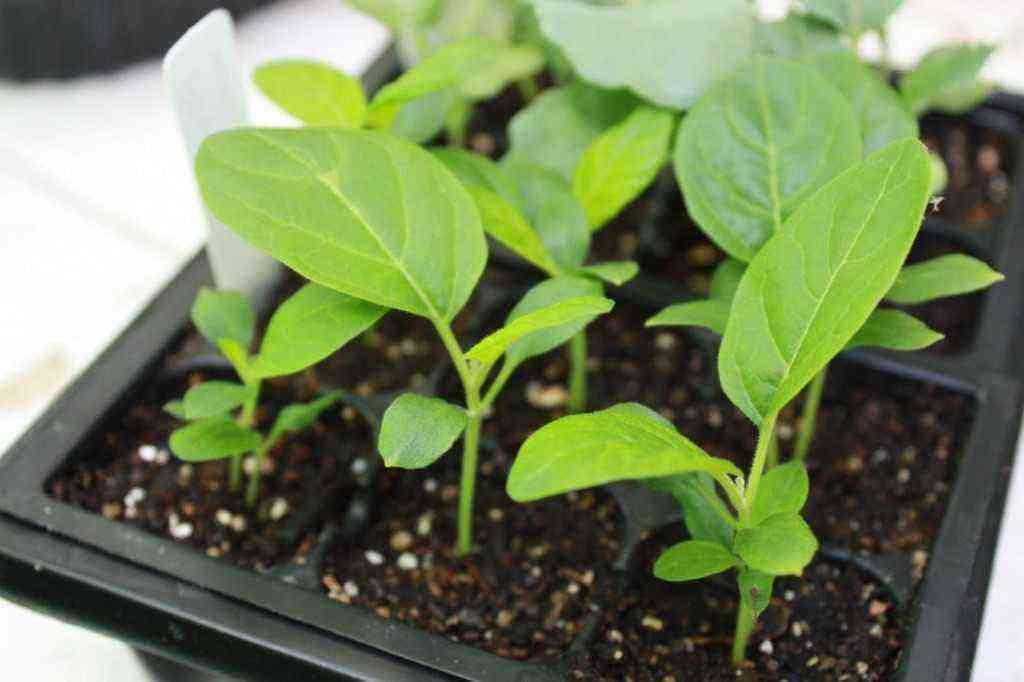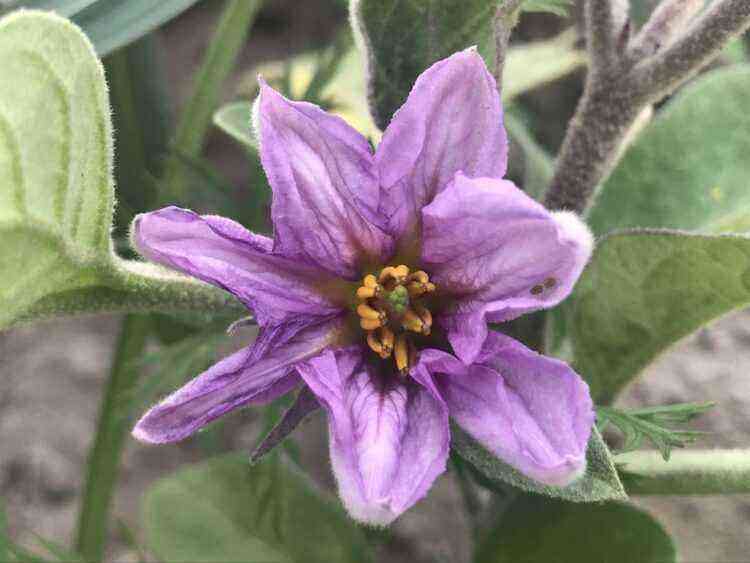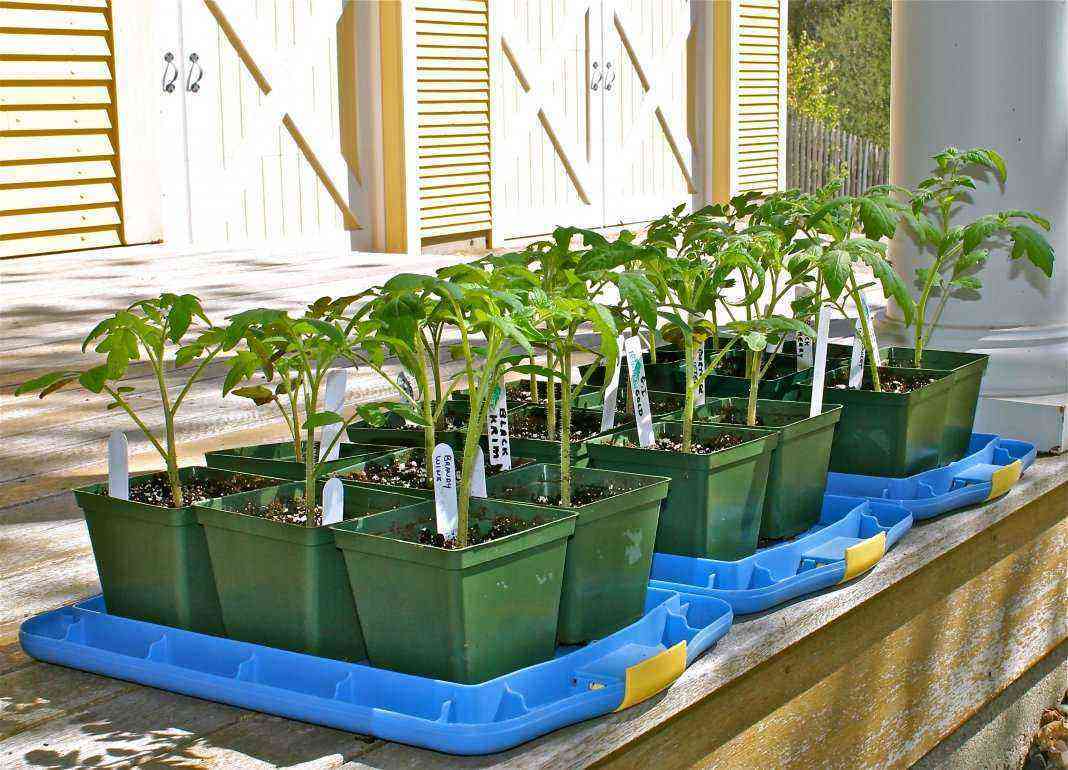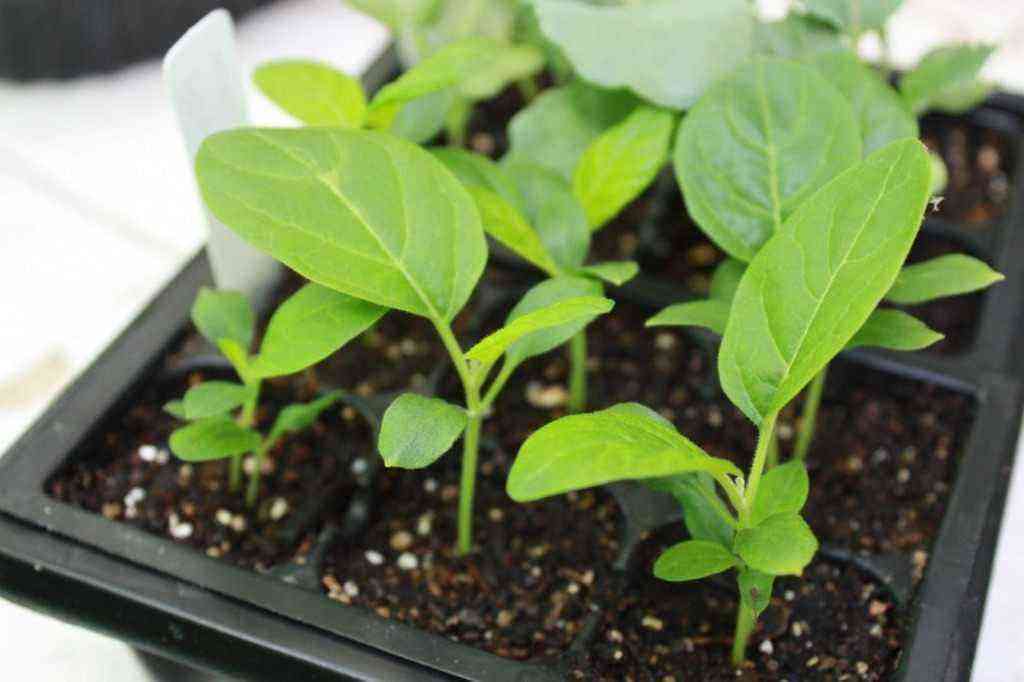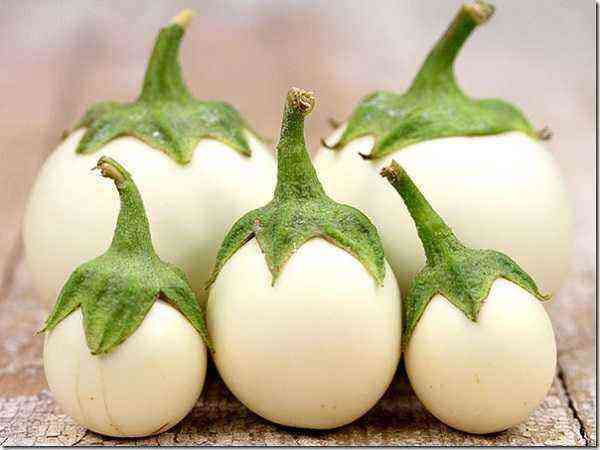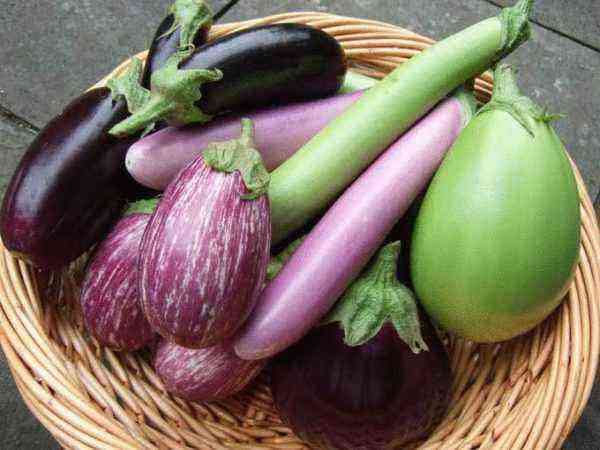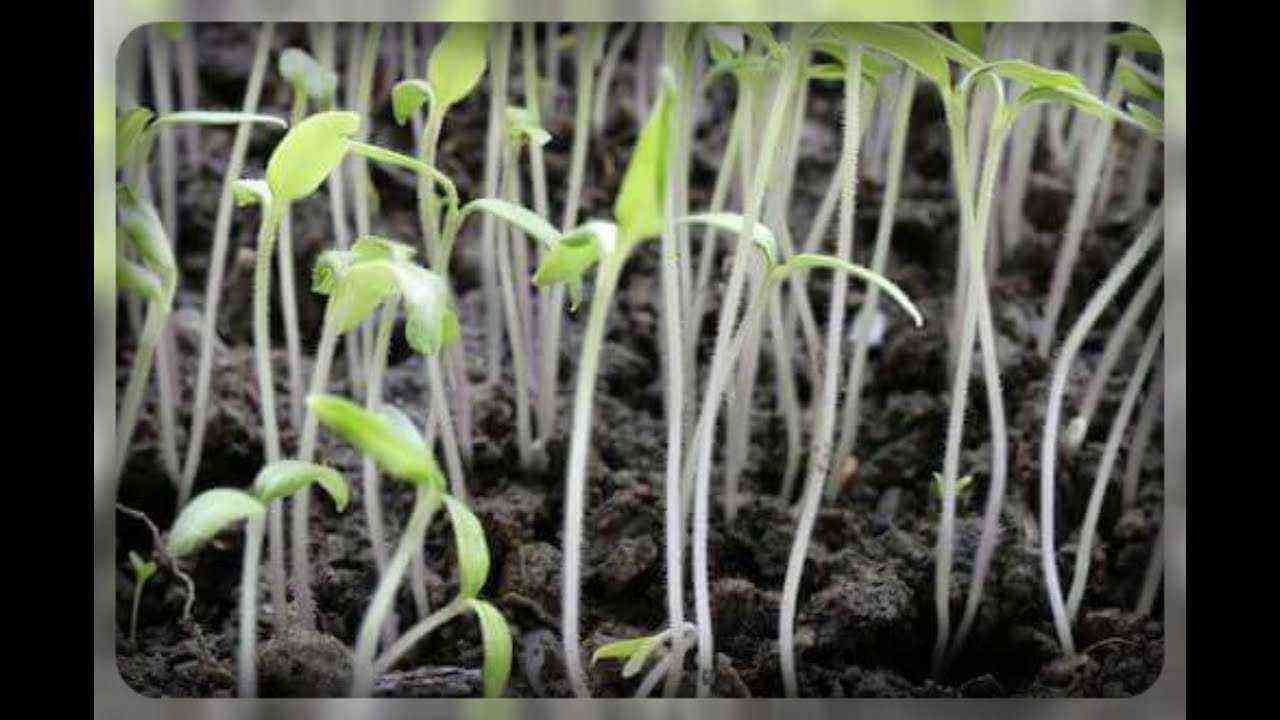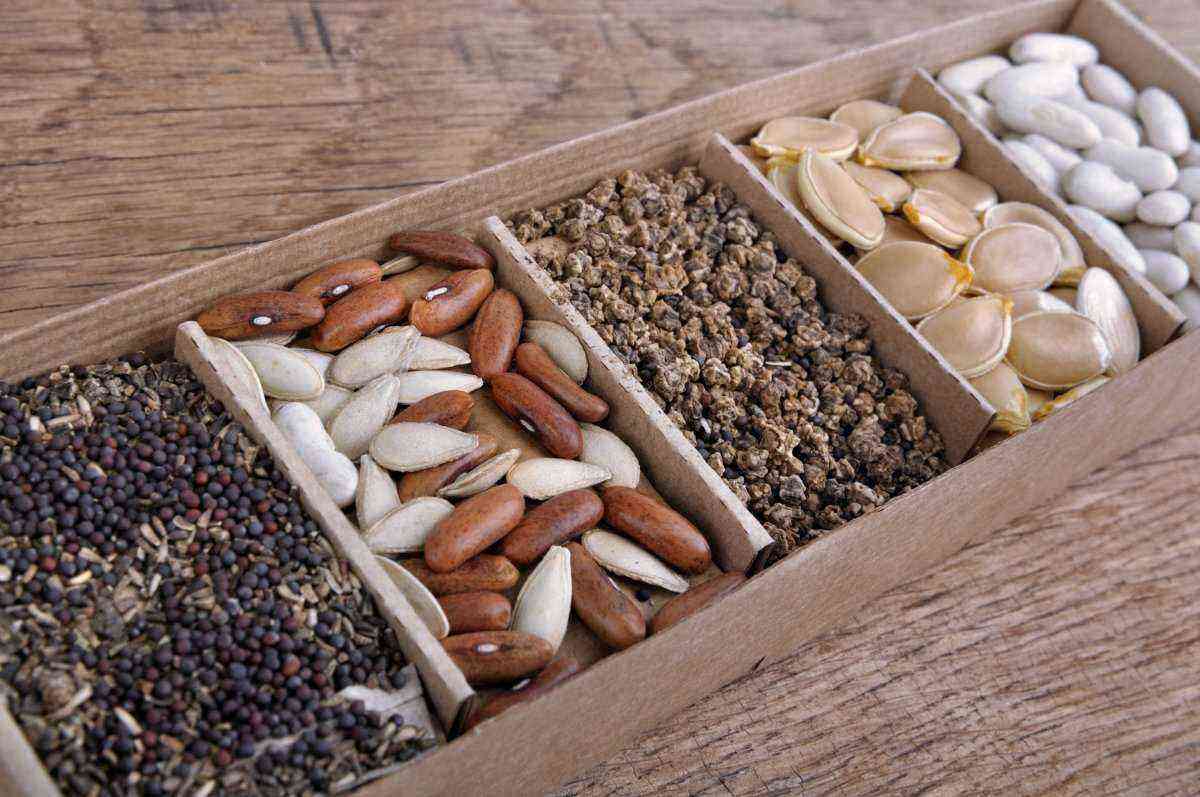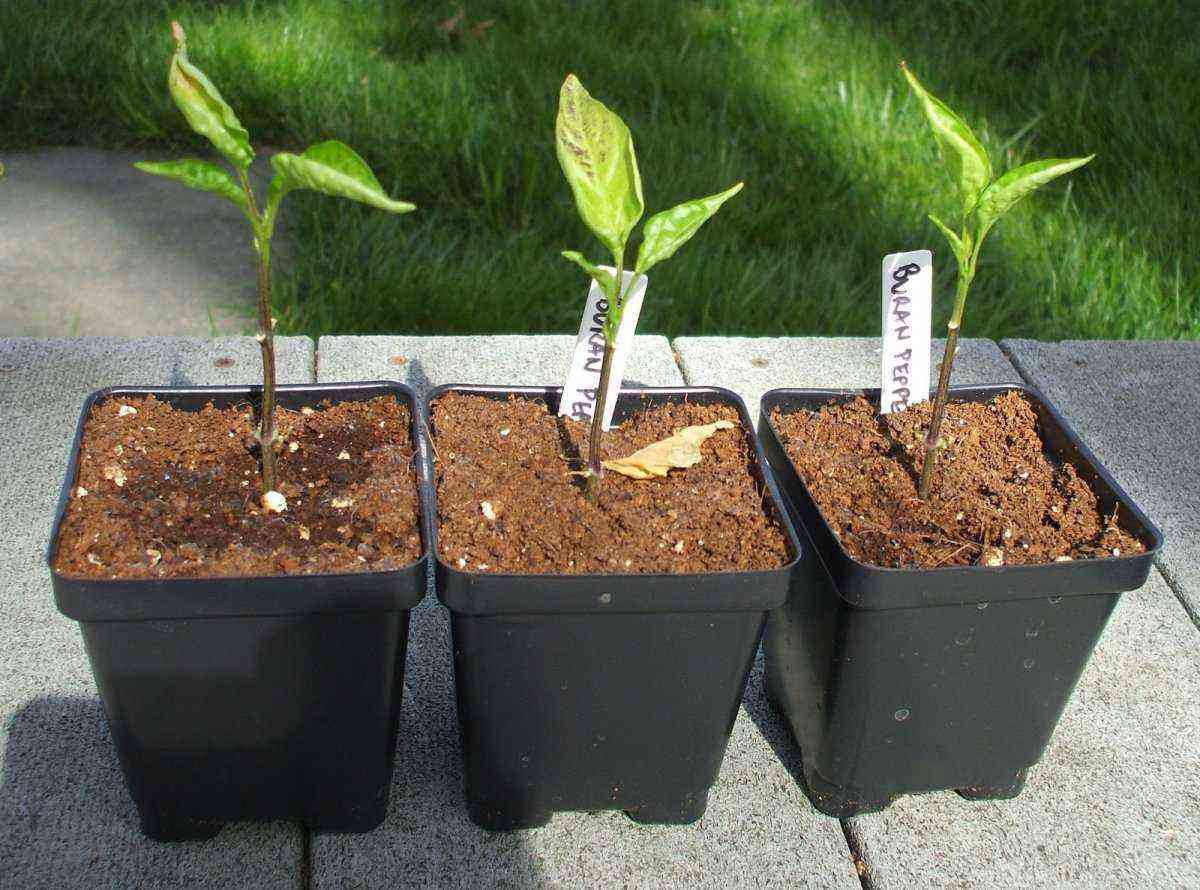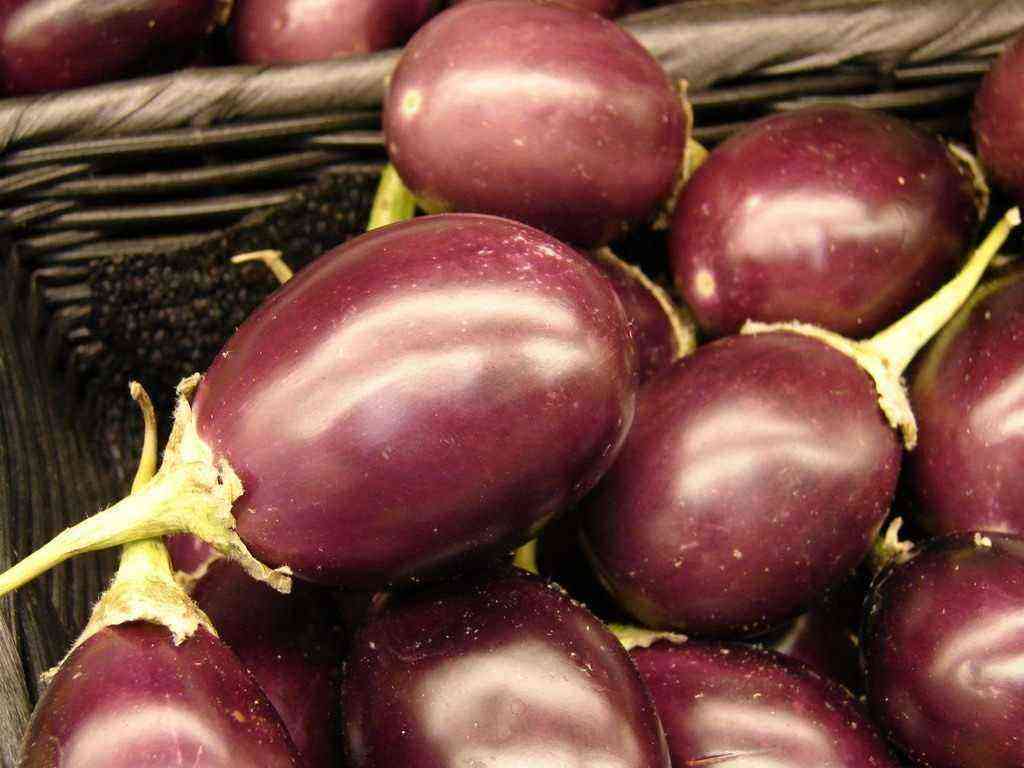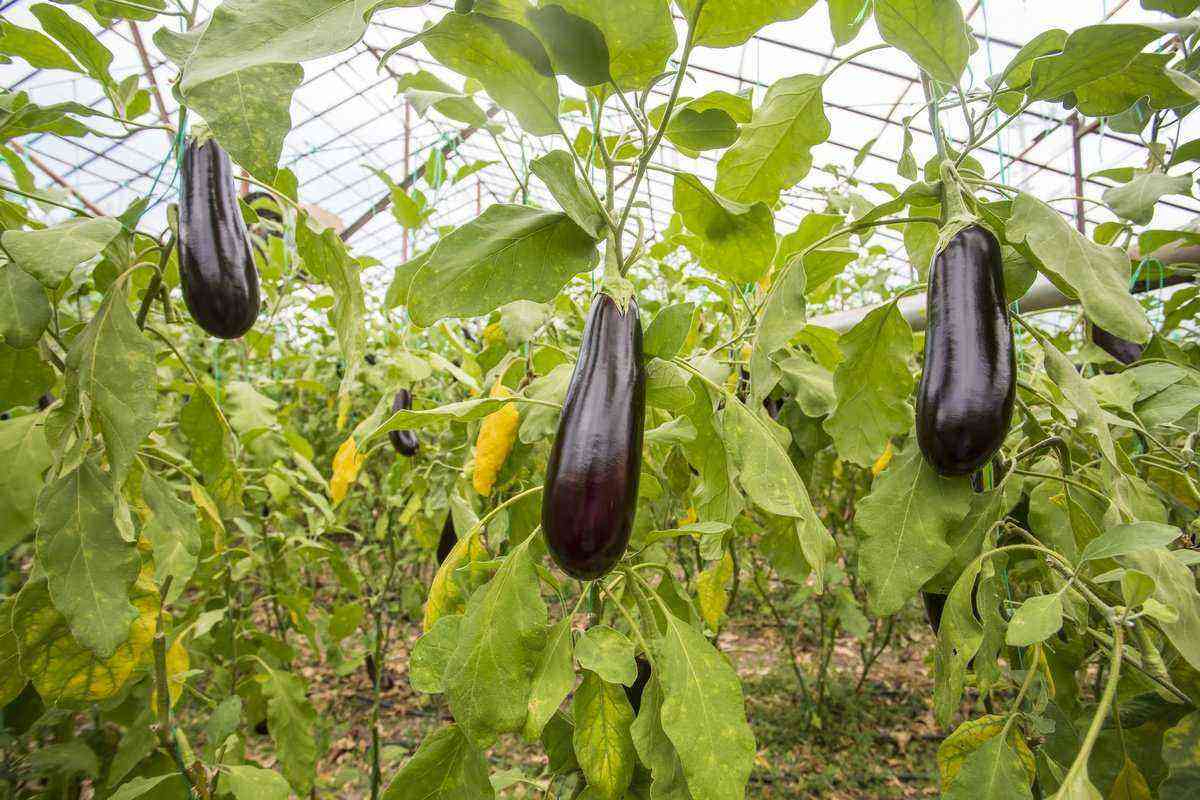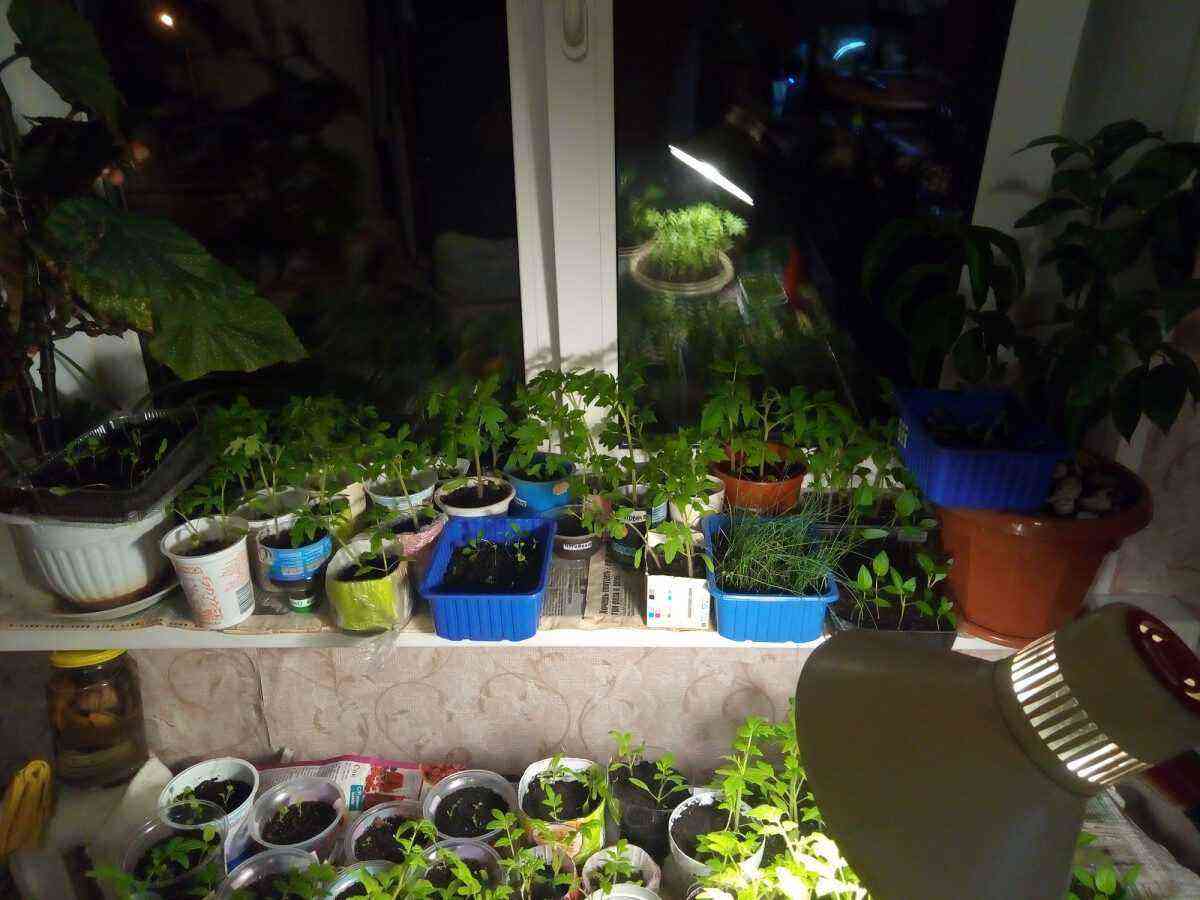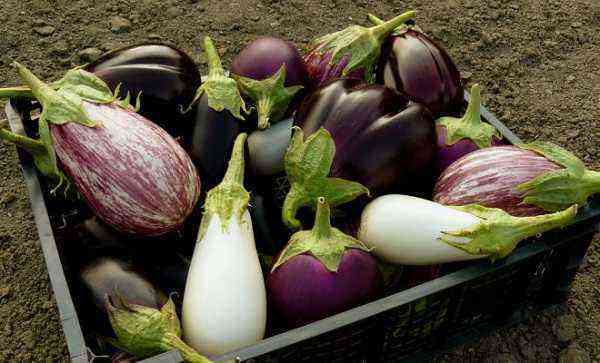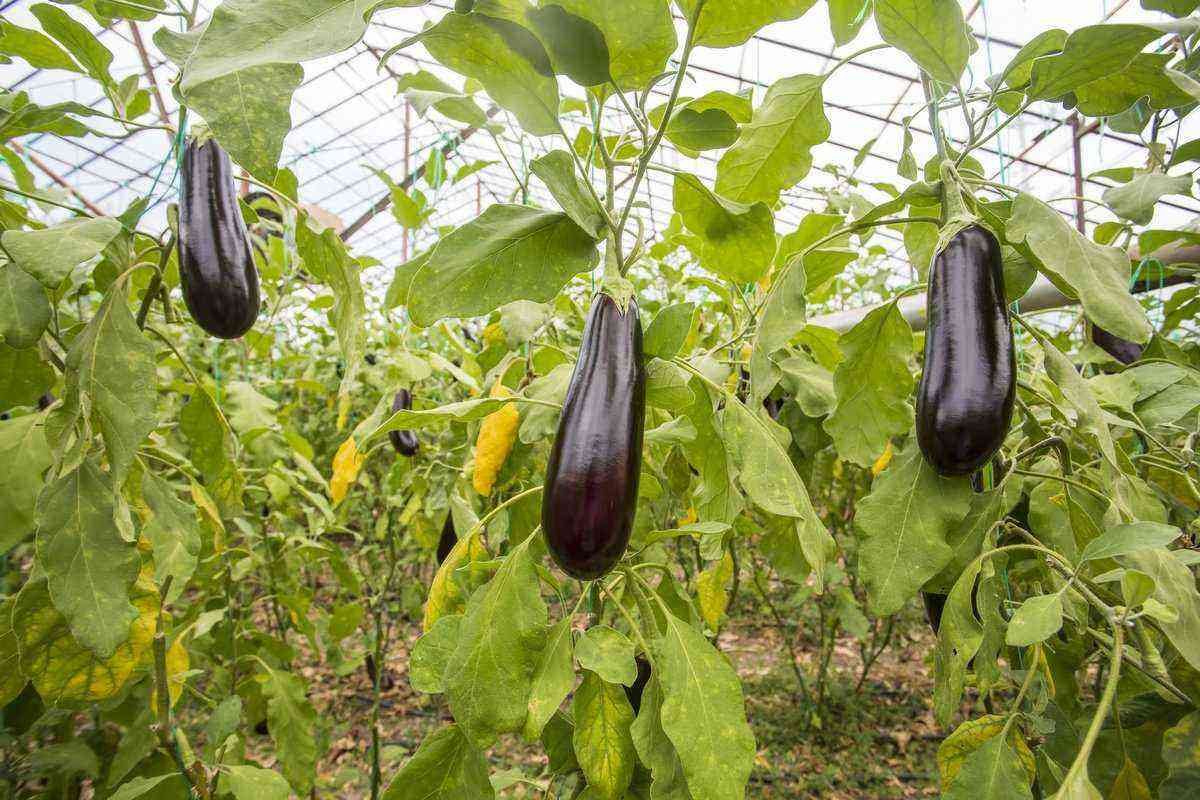Eggplants, like other garden vegetables, are susceptible to diseases and pests. By following all the recommendations for cultivating crops in open ground, you can minimize the number of treatments for plants from damage by diseases and pests. And using biological preparations for protection in the private sector, you can get environmentally friendly products.
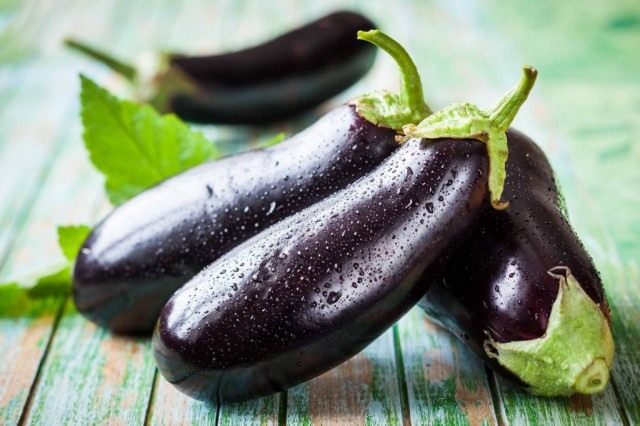
Agrotechnical measures to protect eggplant from diseases
The main measure that reduces the intensity of eggplant damage by fungal diseases is the spatial isolation of the crop, that is, cultivation in a cultural rotation with a return to its original place no earlier than 3-5 years.
It is necessary to arrange eggplants only according to the recommended predecessors: legumes, melons, carrots, cucumbers, onions, early cabbage and others.
Plant only healthy eggplant seedlings with no signs of disease or pest damage.
Avoid dense plantings, exclude excessive fertilization, especially nitrogen.
Planting and sowing of eggplants should be carried out only with zoned varieties that are better resistant not to a single disease, but to a group of diseases.
Soil preparation for planting eggplant seedlings in open ground
Since autumn, the soil is filled with humus, mature compost with the addition of mineral phosphorus-potassium fertilizers. For 1 sq. m contribute on soils of medium fertility 5-6 kg of organic matter, a glass of wood ash, 30 g of superphosphate and 20 g of potash fertilizer. If the soil is depleted, double the fertilizer application rate. On dense soils, the rate of application of organic fertilizers is at least 1 bucket of mature humus. In order to increase the water and air permeability of the soil, autumn sowing and green manure incorporation have been successfully used recently. The soil is dug up on a full bayonet of a shovel. With late deep digging, part of the family nests of bears is destroyed.
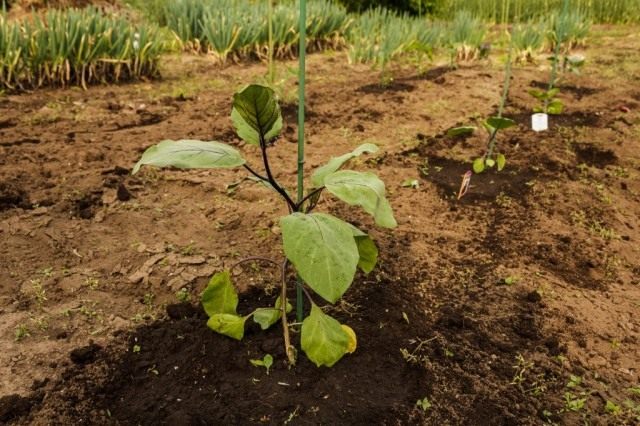
Destruction of the bear
In the spring, the area under the eggplants is leveled with a rake, which allows you to remove the soil crust and slow down the evaporation of moisture. With the onset of stable warm weather and the warming of the earth in the root layer of 10-15 cm to +14 .. + 15ºС or 1-2 weeks before planting seedlings in open ground, measures are taken to destroy the bear. Medvedki harm almost all crops, so you can simultaneously process the entire garden plot.
Preparing the bait against the bear
Unfortunately, the most effective method of destroying the bear is chemical. Therefore, when carrying out work, be careful, observe sanitary conditions for maintaining health.
Depending on the size of the garden, cook until half cooked the right amount of any grain crop (wheat, rye, oats), any coarse-grained cereals, pea halves. Drain excess water. In the prepared base, add 2-3 tablespoons of sunflower oil (preferably unrefined with flavor) and 1-2 ampoules of BI-58 or metaphos. You can use another pesticide with a pungent odor. Mix the mixture well (double-gloved or with a flat stick).
Baiting
Divide the garden field into squares by drawing shallow (2-4 cm) furrows with an acute angle of the chopper through 30-40-50 cm. Spill them with a little water. Moisten so that the furrow is mostly moist. Bears in dry soil run to moisture. After watering, bring the prepared bait into the furrows and cover it with a rake with a layer of 2-3 cm. Sometimes this agony lasts 3-4 days. After 2-4 hours, start harvesting the “harvest” of the bear so that birds and domestic cats do not get poisoned. Timely introduction of bait for 2-3 years can save the garden by 80-90% of this pest.
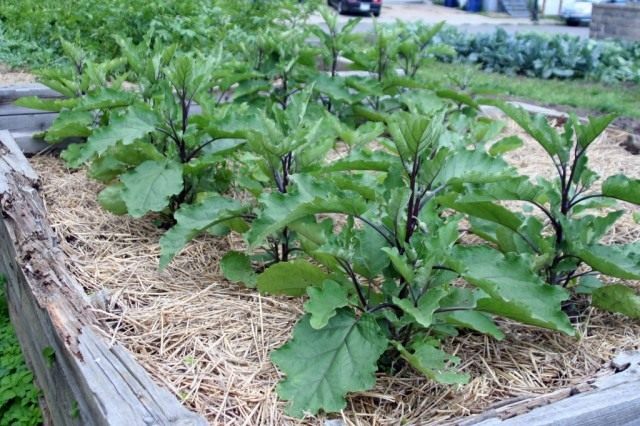
Planting eggplant seedlings
Planting seedlings in the prepared soil is carried out upon the onset of stable warm weather, typical for the area, good warming up of the soil in the 10-15 cm root layer (at least + 15ºС). Mature eggplant seedlings should have 5-7-9 leaves on a straight stem, 1-3 buds, a well-developed fibrous root system.
In the evening, home seedlings are poured in seedling containers with a slightly colored solution of potassium permanganate with root or other root former. In the morning, before 10-11 o’clock or after 16 o’clock, seedlings are planted in prepared holes. If the seedlings are bought on the market, they are soaked in the same solution for 3-4 hours, the root is dipped in a clay-humus mash and planted in the ground, after having been sprinkled with a 1% solution of Bordeaux liquid.
Eggplants take root slowly for the first 1-2 weeks. Weakened by transplantation, they quickly lose moisture, especially on bright sunny days. Leaves lose turgor, wither, plants may lose their first buds. During this period, it is better to cover the eggplants with a single-layer spandbond (other material), mounted on high stakes (30-40 cm) from the sun’s scorching rays. With the onset of active growth, the temporary shelter is removed.
Diseases of eggplant during the growing season
During the growing season, the culture suffers from damage by a number of diseases, among which the most harmful are root and root rot, tracheomycosis (fusarium, verticillosis, late blight), leaf mosaic, and stolbur. Fungal and bacterial rots affect the root system of eggplant, which leads to the death of the entire plant. In addition to root rot, the culture is affected by negative fungi, bacteria and viruses that cause diseases of the aboveground mass and eggplant fruits. There are several ways to fight diseases on eggplants, using which the soil and the aerial part of the crop are cultivated:
- biochemical preparations that are harmless to plants, humans, animals and beneficial insects (bees),
- chemicals that quickly destroy diseases. But they negatively affect human health and the quality of products in which residues of chemical compounds accumulate,
- folk remedies, in the form of decoctions and infusions of plants with fungicidal and insecticidal properties.
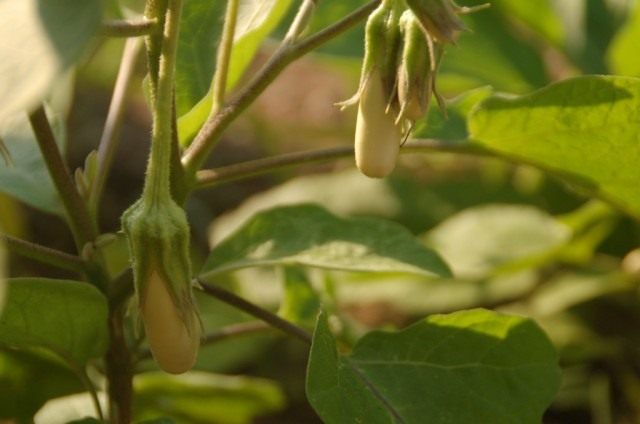
Biological methods for protecting eggplant from diseases
In order to grow environmentally friendly products in the country, it is advisable to avoid the use of chemicals. Currently, private gardeners have the opportunity to cultivate crops using protection products made on the basis of natural materials (fungal and bacterial effective microflora). They are called EM drugs. They act on the pathogenic microflora in the soil and on green plants, as antagonists, destroying the pathogen that causes the disease.
Externally unreasonable wilting of the above-ground mass of eggplants may indicate damage to the roots of the culture by fungal rots of various etiologies. To clean the soil from pathogens, biological preparations are used, made on the basis of fungal effective microflora (Trichodermin, Ampelomycin, Koniotirin) and bacterial biofungicides (Phytosporin-M, Alirin-B, Hamair, Gaupsin, Planriz, Glyocladin, Binorama, Bactophyte). To reduce the number of treatments, tank mixes can be prepared from several biologics.
Remember! In the manufacture of the tank mixture, a solution of each drug used is prepared separately according to the instructions, then they are checked for compatibility. With a positive result, ready-made individual solutions are mixed into one complex solution.
When combined, tank solutions enhance their effect on pathogenic microflora. Biofungicides on a fungal basis penetrate into the mycelium of a pathogenic fungus and destroy it, while on a bacterial one they “work” like antibiotics. For soil disinfection, you can use the dry preparation Emochki-Bokashi or working solutions of other EM preparations, including those based on the Baikal EM-1 concentrate.
Biological soil tillage system
Unlike chemicals, biopreparations will not destroy the disease with a single application. They require longer systematic application, especially after rains or in wet weather. Therefore, in order to reduce the number of treatments, it is better to use biological products in the form of tank mixtures that will protect plants from several diseases at the same time.
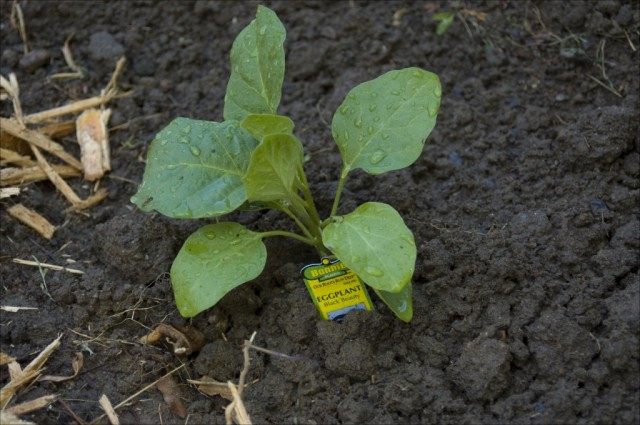
The following tank mixtures can be prepared for tillage:
- trichodermin + ampelomycin + glyocladin + binoram;
- gliocladin + binoram;
- trichodermin + baktofit;
- planriz + koniotirin and others.
Too frequent treatments do not always lead to a positive result. In order for biological preparations to work better, plant processing begins at an early date. The first soil treatment with a tank mixture or a separate biological product is carried out 10-12 days after planting seedlings in open ground.
System for processing plants with biological products
In case of a clear disease of plants (discharge of buds, yellowing or curling of leaves, leaf chlorosis, powdery mildew, etc.), they proceed to therapeutic treatments with solutions of biological products. During the entire growing season, plants are sprayed with solutions of phytosporin, hamair, alirin, bactofit, binoram and others after 7-10 days. In the phase of budding and the second harvest of fruits, microelements are added to the solutions. It is possible to add alirin, gamair or phytosporin to the tank mixture prepared for spraying the soil and spray the plants with a complex mixture. This technique will increase the efficiency of treatments. If there are remedies for fungal and bacterial damage, then there are no preparations for viral diseases (mosaic, etc.). Affected plants are removed from the field and burned.
When working with biofungicides, it is necessary to clearly identify the disease and treat the plants according to the recommendations for the use of this particular biological product. If the disease is not correctly diagnosed, the drug will not work. If you are unsure of a clear definition of a disease, tank mix plants against several pathogens.
Chemical methods for protecting eggplant from diseases
In dachas and private households, the use of chemicals for the treatment of garden vegetables and garden and shrub plantings is not recommended. Chemical preparations have a long decomposition period, the remains of compounds have a negative effect on the human body, animals, birds and beneficial insects. Experts recommend that when using chemicals, stop processing a month before the crop ripens and use in accordance with the recommendations.
Chemical preparations are not all compatible with each other, some have an inhibitory property only against a certain pathogen, which serves as the basis for the use of different preparations, which means that the number of treatments increases many times over. Recently, new chemicals have been shown to be highly effective at very low doses and have a reduced waiting time (from 3-10 to 12-20 days). It is necessary to work with chemicals very carefully and carefully, not to get carried away with increasing dosages when diluted, use personal protective equipment, protecting the respiratory organs, eyes and skin from poison.
Plant treatment system with pesticides
Against a complex of diseases (gray rot, late blight, bacterial spotting, blackleg), Bordeaux mixture, copper sulfate, cuproxate, Abiga-Peak, tsikhom, hom and others are used on eggplants. According to the developed system of plant treatments, protective measures begin 3-4 weeks after germination and continue 2-3 weeks after planting seedlings in the ground. Processing continues at intervals of 7 to 14 days, depending on weather conditions.

Protection of eggplant from pests
The most dangerous eggplant pests are aphids and the Colorado potato beetle. Aphids are a sucking small insect that can destroy an eggplant planting in a few days. They occupy the above-ground organs of the plant (stems, leaves, flowers) and literally suck out all the juices of the plant. The Colorado potato beetle forms several generations during the growing season, destroying up to 80% of the crop. Carrying out treatments against these pests, the spider mite will also be destroyed at the same time. The sucking pest causes significant damage to plants.
Biological methods for protecting eggplant from pests
Biological products that protect crops from pests are called bioinsecticides. They are developed on the basis of groups of effective fungi (avermectins), bacteria and a group of soil entomopathogenic nematodes.
Bacterial-based bioinsecticides effectively kill the larvae of chewing and sucking pests. The most common biological products are bitoxibacillin, lepidocid, fitoverm, basamil. The preparations are good because they can process not only vegetable crops, but also fruit and berry plantings. They are also successfully used in protected ground.
No less significant for pest control are fungal-based bioinsecticides – Aktofit, which can be used to treat plants even during harvesting. Mycoafidin, aversectin-C, avertin-N are more targeted biological preparations. They are most effective in destroying pests in the early stages of development. Metarizin and pecilomycin purposefully destroy nematodes, which is especially important for eggplants during the period of growing seedlings and in the first weeks of cultivation on a constant protected and open ground.
Be careful! Bioinsecticides based on EM fungi are effective only in a humid environment at a temperature of about +25ºС. Spraying with these preparations is best done after watering, in the morning or after 16 pm. They are capricious in storage. When freezing and under the influence of direct sunlight, they lose their insecticidal properties. Insecticides can be used in tank mixes with biofungicides. Compatibility testing of drugs is required. Perform doses and terms of treatment according to the instructions, otherwise the effect is sharply reduced.
The use of chemicals to protect eggplant from pests
Against sucking and gnawing pests, eggplants are treated with Confidor Extra, Aktara, Decis-Profi, Vertimek, Inta-Vir Aktellik and others. Given their harmfulness, treatments are stopped before flowering. If the drug is applied in a timely manner, then 1-2 sprays are enough. The first is carried out with single injuries for prophylactic purposes and the second after 2 weeks. In case of epiphytotic damage to plants, spraying is carried out every 2 days with one of the above preparations or a tank mixture. Remember! All treatments with chemicals are completed before the onset of mass flowering of the crop.
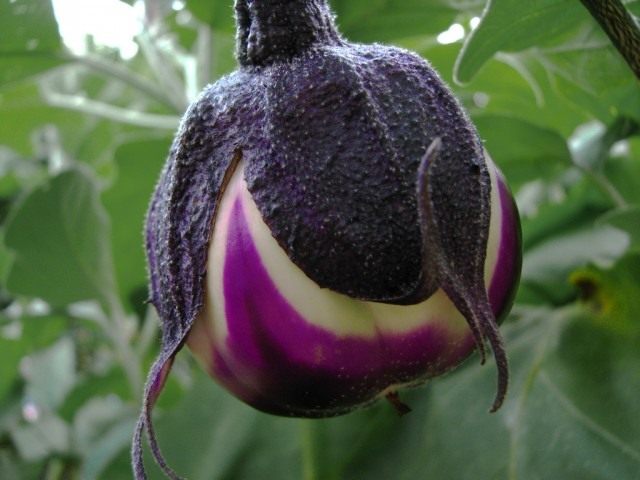
Folk methods for protecting eggplant from diseases and pests
Folk methods for protecting eggplant from diseases and pests are mainly reduced to preparing decoctions and infusions from herbs and spraying diseased and damaged crops with them. It must be immediately stipulated that the 1st spraying is not enough, and repeated spraying is not as harmless as it seems. After all, in essence, the use of decoctions of poisonous herbs is also a chemical effect on the pathogen and at the same time not a very desirable effect on human health. For example: pollination with tobacco dust, spraying with a decoction of hemlock and the same wormwood or potato tops, which during the growing season was sprayed with chemicals from a number of pests.
- Some gardeners advise against aphids and spider mites to prepare decoctions of wormwood, chamomile, yarrow and spray plants with them.
- Effectively destroys aphids infusion of autumn walnut leaves. In the fall, they fill a metal barrel with 2/3 walnut leaves, pour boiling water to the top and close the lid tightly. During the autumn-winter-spring period, the leaves are infused. It turns out a concentrate. A working solution is prepared from it. 1-2 liters are dissolved in 8-10 liters of water and the plants are sprayed. First you need to spray one plant and observe the reaction of the culture to the application of the solution within 3-4 hours. If the inhibition of the plant does not appear, then spraying can be carried out.
- Against aphids, pollination with ash or spraying with infusion of ash helps. For 10 liters of water, take 1,0-1.5 cups of ash. Insist during the day, filter and spray the plants. Green or laundry soap is added to all solutions for better decoction adhesion.
- According to the reviews of some gardeners, young larvae of the Colorado potato beetle and aphids are effectively destroyed when spraying with a complex decoction. Pass through a meat grinder a glass of dandelion leaves, onions and cloves of garlic. The mixture is poured into 10 liters of water with the addition of 1-2 tablespoons of soap. Insist 2-3 hours, filter and spray the plants. Spider mites, aphids and larvae of the Colorado potato beetle at any stage of development die with equal success.
There are many folk gatherings and decoctions of different compositions. The effect is different and each gardener can test the solutions on their own, selecting the recipes of those that gave a noticeable effect when used. It should be noted that compliance with agrotechnical requirements with the timely implementation of the necessary measures will ensure the harvest with a minimum use of any protective agents against diseases and pests.
